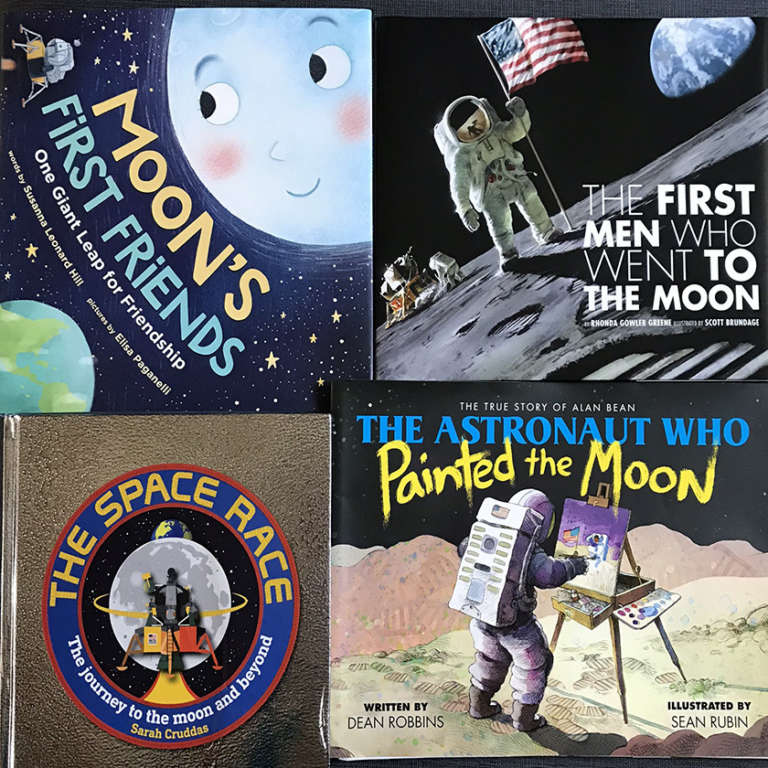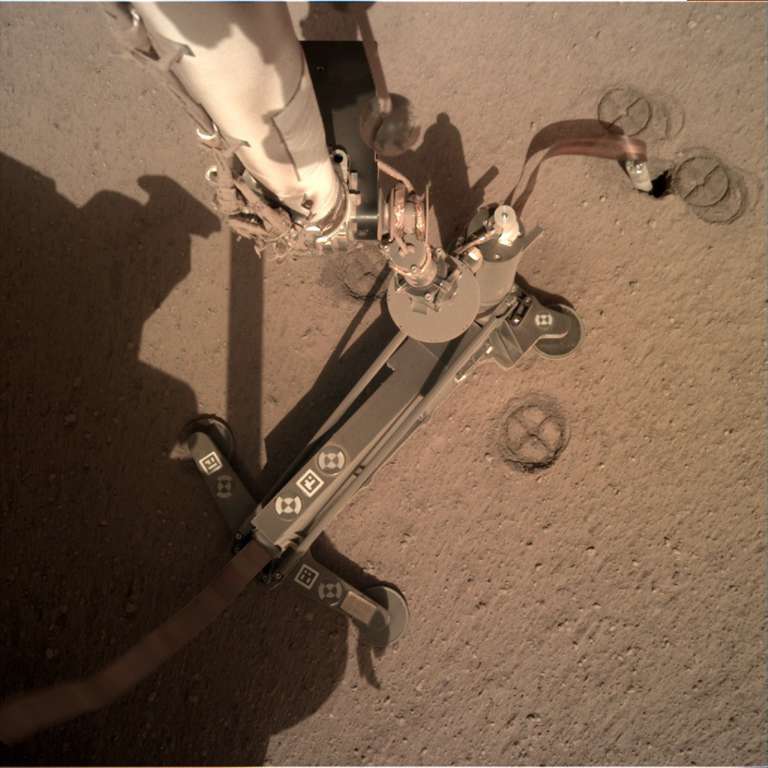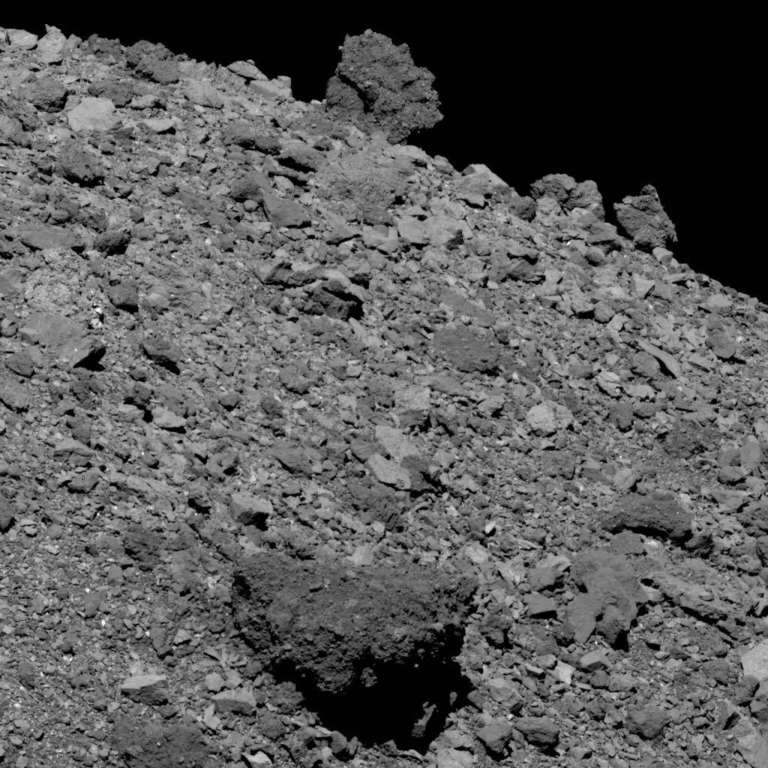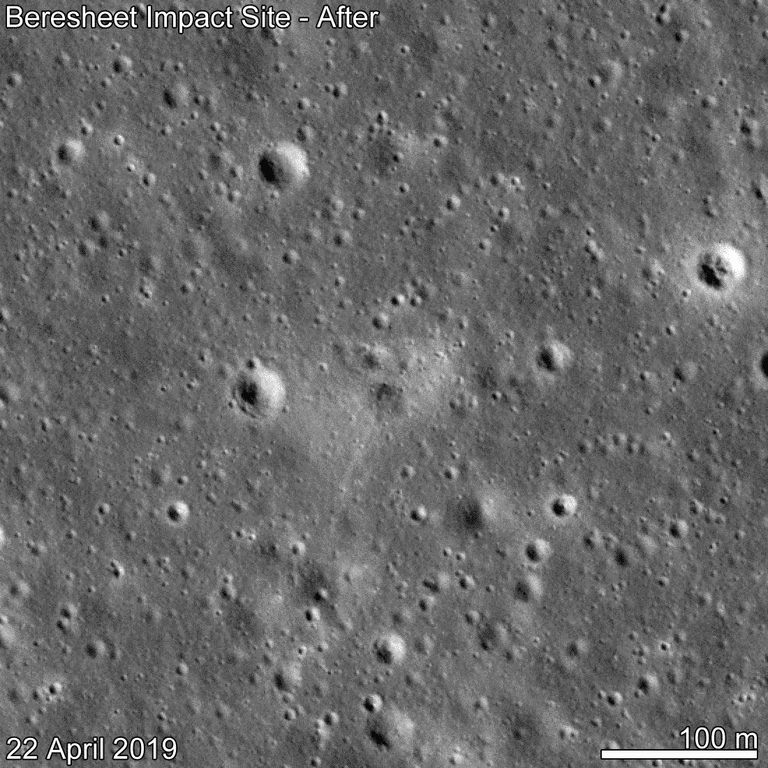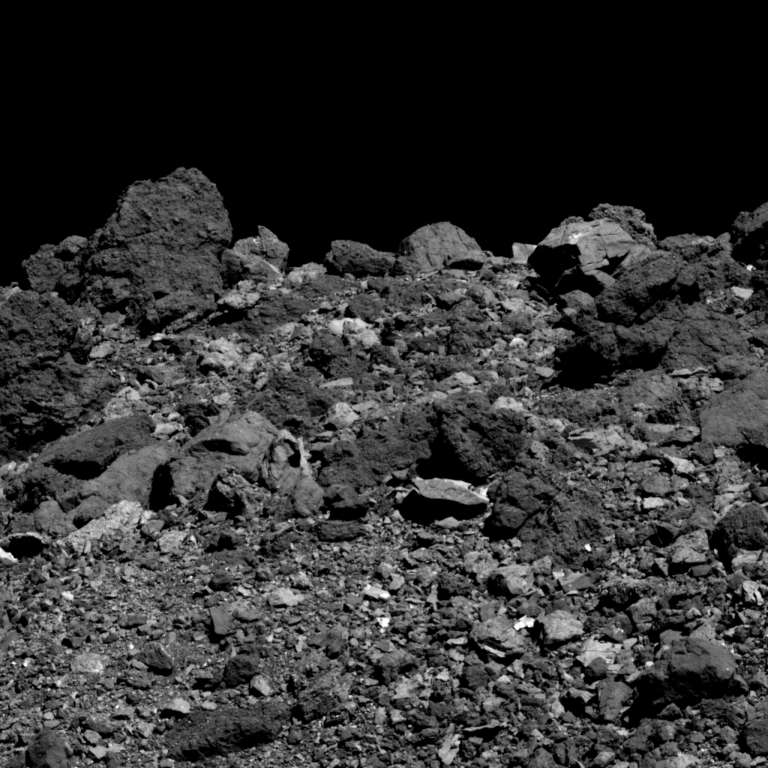All
All
Stories, updates, insights, and original analysis from The Planetary Society.
Planetary Society-funded Technology Picked by NASA for Possible Moon Flight
PlanetVac, a technology that simplifies the process of collecting samples from other worlds, may fly to the Moon.
What to Expect when Chandrayaan-2 Launches to and Lands on the Moon
A preview guide for India's upcoming Moon mission.
Emily's Recommended Kids' Space Books: Special Apollo 11 Anniversary Edition for July 2019
So many Apollo-related books have come out in the first half of 2019 that I decided to cover them in a special summer book-recommendation blog. I have 5 brand-new Apollo-related books to recommend for kids, and include others I've recommended in past years.
InSight Update: A Couple More Tiny Quakes and Heat Probe Progress
InSight has detected a couple more small Marsquakes, and the team has lifted the housing of the heat probe off the ground, exposing the top of the mole in a surprisingly wide hole.
NASA Greenlights Dragonfly, a Quadcopter Mission to Titan
Sporting 8 rotors and a nuclear power source like the Mars Curiosity rover, Dragonfly will launch in 2026 and arrive at Titan in 2034.
OSIRIS-REx Sets Low-Orbit Record, Enters New Orbital B Mission Phase
Last week, NASA’s OSIRIS-REx asteroid sample-return mission announced that they had achieved an orbit above asteroid Bennu with an altitude of only 680 meters. Now they are surveying for landing sites and have invited the public's help.
Apollo 11 Little West Crater Panorama
Apollo 11’S landing on 20 July 1969 was the day humans first set foot on another world. For the risky, challenging endeavor, NASA sought a smooth landing site, one lacking craters or mountains.
Rosetta’s Ancient Comet
Rosetta is a European Space Agency mission with contributions from its member states and NASA. Operating such a complex mission with its 11 instruments and Philae lander is a success story in itself, but Rosetta’s greatest success is the science it delivered.
Treasure Hunting With Hayabusa2
IN THE EARLY hours of 22 February, light was just beginning to brighten the campus of JAXA’s Institute of Space and Astronautical Sciences (ISAS) in Kanagawa, Japan. It should have been a quiet time, but the Hayabusa2 control room was packed with people. We were about to land on an asteroid.
Hayabusa2 drops second target marker, targets artificial crater for sample collection
The reflective softball-sized sphere will give the spacecraft a visual guide during a second potential sample collection.
The People Have Voted on 2007 OR10's Future Name!
Gonggong is the fan favorite name for this icy distant world, but the International Astronomical Union's (IAU) Committee for Small-Body Nomenclature has the final say.
Curiosity Gazes Upon Noctilucent Clouds Over Gale Crater
Wispy clouds of stunning beauty fly over Curiosity every evening.
Hayabusa2 Encounters Snag Trying to Drop Second Target Marker
The spacecraft is healthy and safe, but time is running out to collect a second sample from asteroid Ryugu.
Lunar Reconnaissance Orbiter Images Beresheet Impact Site
Lunar Reconnaissance Orbiter has successfully imaged the impact site of the Beresheet lander, which made a really good run at performing the first privately funded Moon landing on 11 April, but crashed after the failure of its main engine.
Chang’e-4 may have discovered material from the Moon’s mantle
The first science results from the unprecedented Chang’e-4 lunar far side mission are in. The mission’s Yutu-2 rover, deployed from the lander shortly after the Chang’e-4 landing on 3 January, has, with the help of the Queqiao relay satellite, returned data which suggests it has discovered material derived from the Moon’s mantle.
Here's a Roundup of Recent OSIRIS-REx Postcards from Bennu
NASA's OSIRIS-REx spacecraft is currently sweeping arcs between the asteroid's north and south poles.
China’s SmallSat Lunar Mission Longjiang-2 to Deorbit on 31 July
According to amateur spacecraft tracker Daniel Estévez, Longjiang-2 will crash into the Moon on 31 July after more than a year in lunar orbit.
A Crash Program or Modest Proposal?
The White House released a long-awaited supplemental budget request for NASA today. It proposes an additional $1.6 billion for an accelerated human spaceflight effort to land on the Moon in 2024. This boosts the President's budget request for NASA to $22.6 billion in fiscal year 2020, which is approximately $1.1 billion or 5% more than the amount provided by Congress last year.
Mars Used to Have Water, But We Can't Explain How
Although we have acquired compelling evidence of flowing liquid water on early Mars, the fundamental question about how water could be stable under Martian atmospheric conditions remains unsolved.
Here’s an Update on Hayabusa2’s Crater-Creating Explosion
Hayabusa2's SCI experiment fell toward Ryugu for 40 minutes before detonating about 300 meters above the surface.


 Explore Worlds
Explore Worlds Find Life
Find Life Defend Earth
Defend Earth


 Sun
Sun Mercury
Mercury Venus
Venus Earth
Earth Mars
Mars Jupiter
Jupiter Saturn
Saturn Uranus
Uranus Neptune
Neptune Small Bodies
Small Bodies

